Euro seems to be troubled by a Washington Post story that Trump insists on, ignoring the outcries from Republicans and business executives, pushing through 25% auto tariffs. That came just ahead of the meeting with EU Juncker. Earlier today, there was an ABC story saying that Juncker is bringing offers to Trump to avert a trade war. But that’s on condition that Trump has to drop tariffs on steel and aluminum first.
As we pointed out before, there is no common ground for negotiation between Trump and the EU. From his recent tweets and talks, Trump will continue to play victim and request EU to act before he drops the tariff threats. EU, on the other hand, will insist on Trump dropping the gun first before starting the talk.
But most importantly, Trump, and to a certain extent his supporters, views BOTH EU and China as threat to the US hegemony. When national security can be used as an excuse to impose tariffs on the closest allies in Canada, tariffs can be also used as a excuse for some agenda other than trade. It’s widely known that tariffs won’t solve global imbalances. The economists know it. Trump’s advisors and himself certainly know it. So, it’s totally unsurprising for Trump to insist on auto tariffs.
But after all, we’d like to emphasize that while EUR/USD’s dip may look wild in a 1 min chart, but it’s peanut, nothing, in an hourly chart, not to mention a 4H chart. Always look at the big picture. EUR/USD is in consolidation. And anything goes inside a corrective pattern.
EUR/JPY’s is an extension of the decline from 131.97. We’ve mentioned in the technical outlook that EUR/JPY is heading back towards 127.13 support because the rebound form 124.61 has completed with three waves up to 131.97, on bearish divergence condition in 4 hour MACD. So the decline is not a surprise neither.
And, EUR/GBP is just having some jitters!




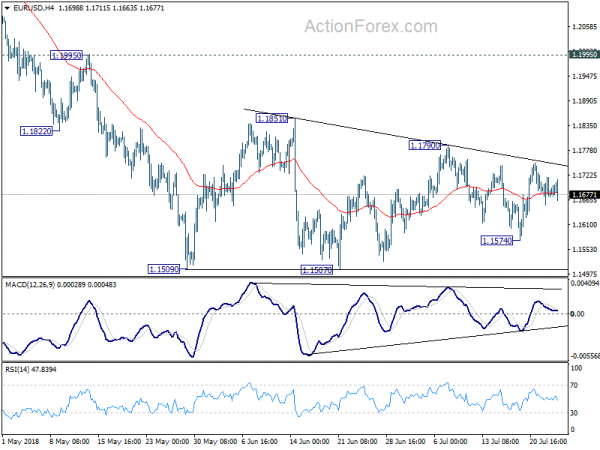
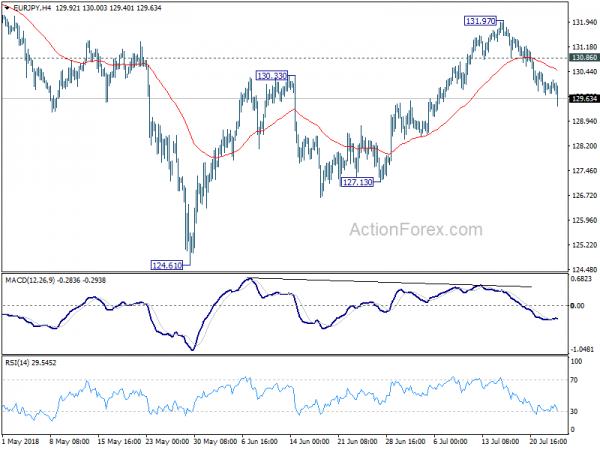
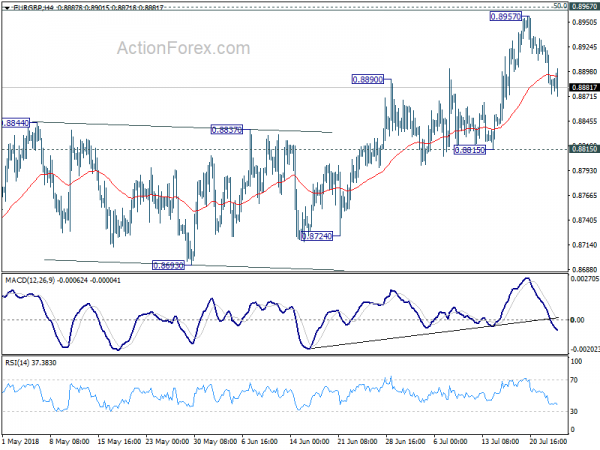
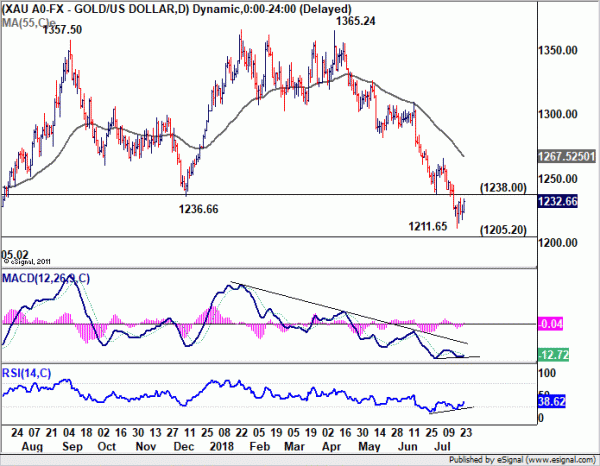
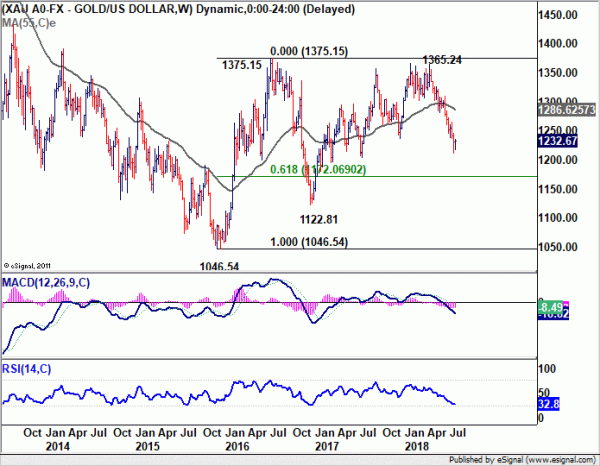
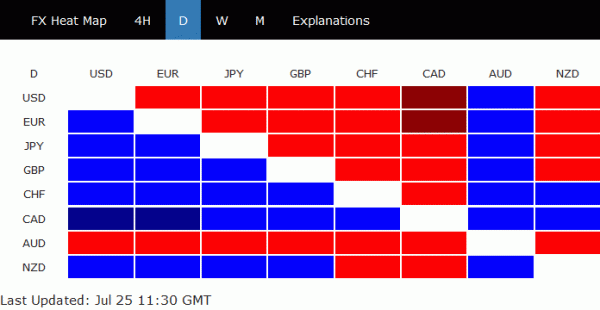
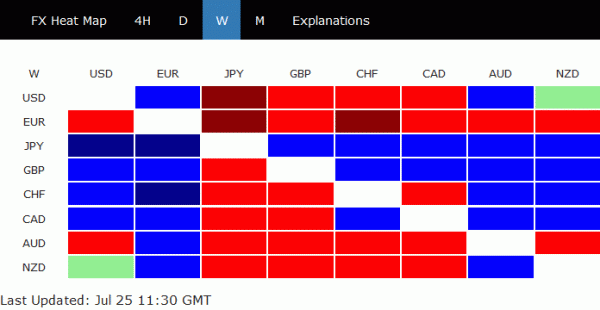
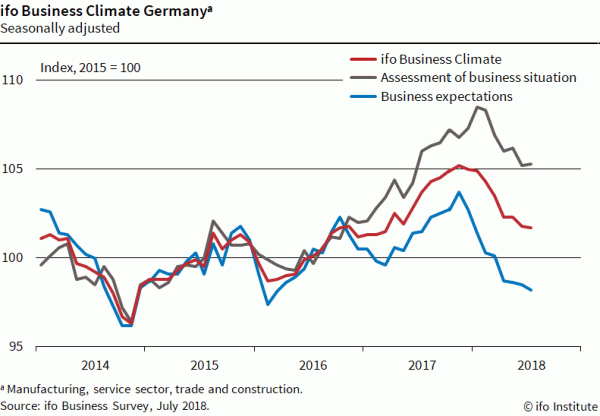
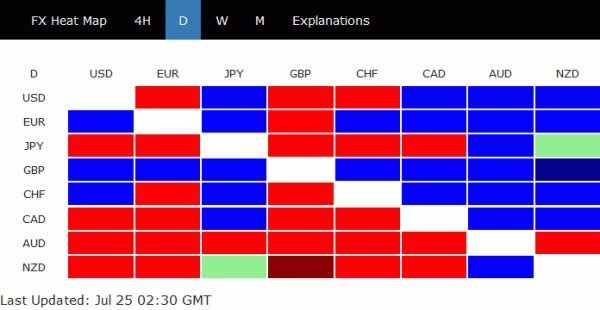
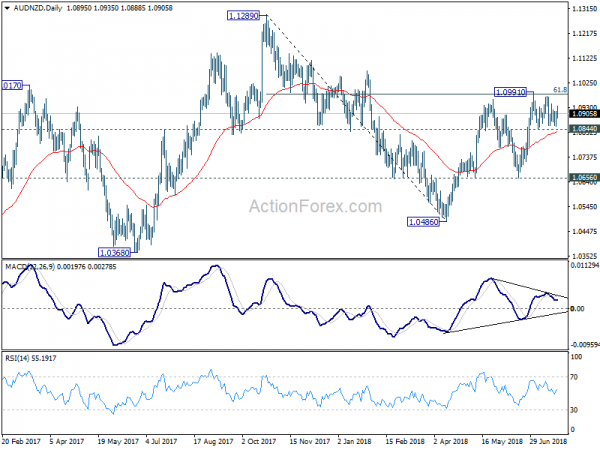
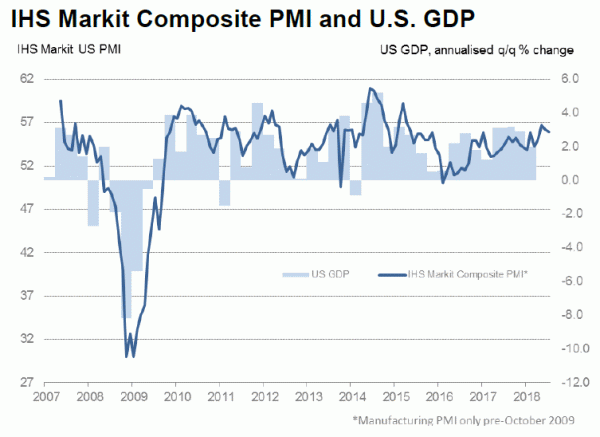
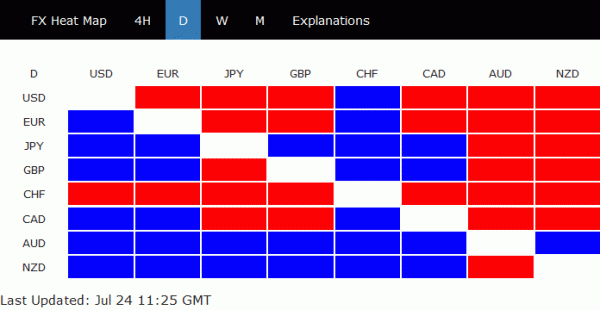
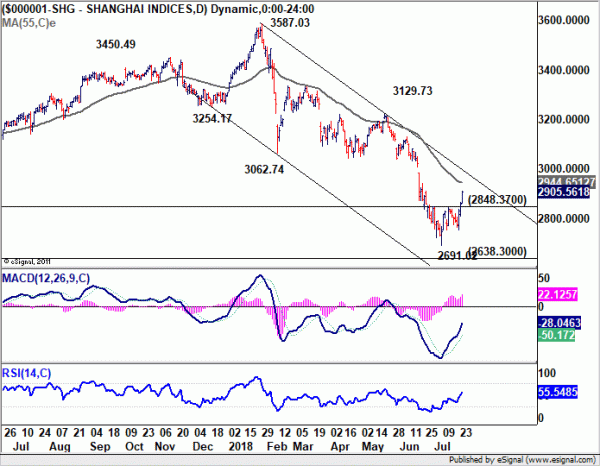
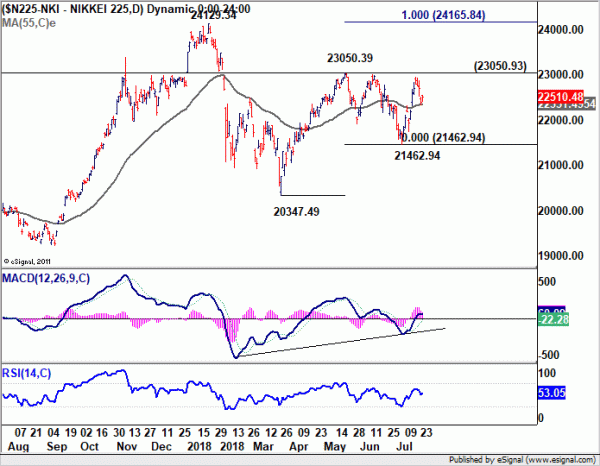
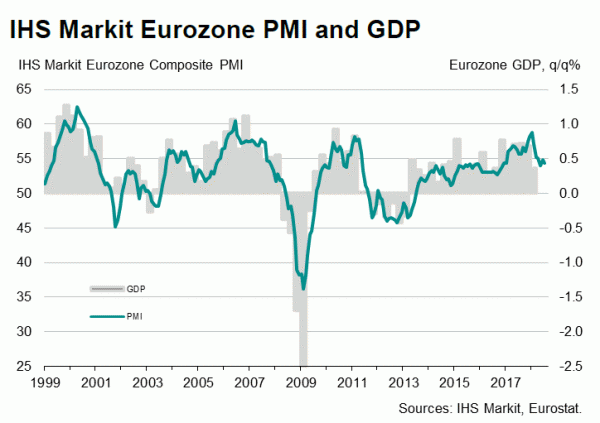
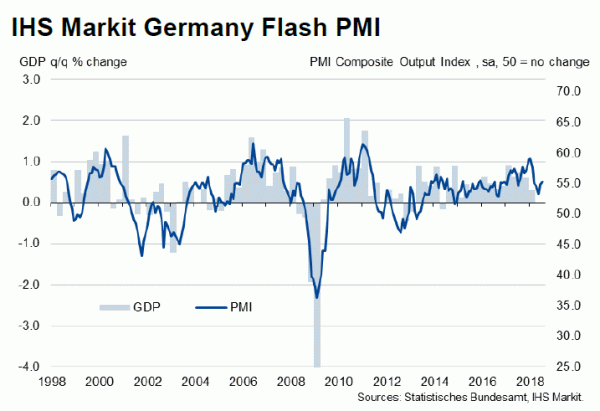
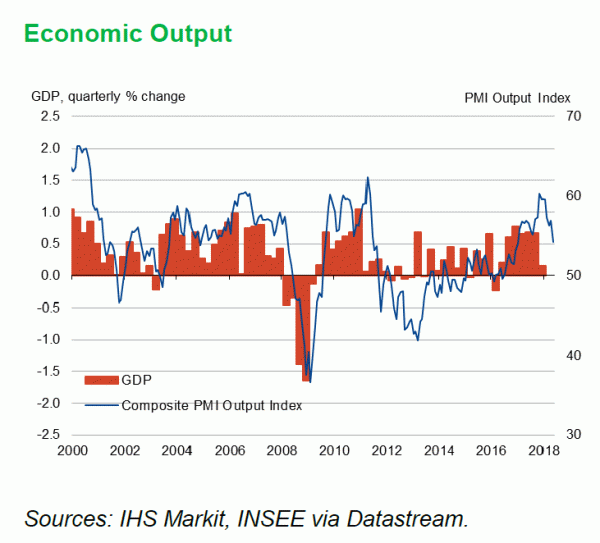
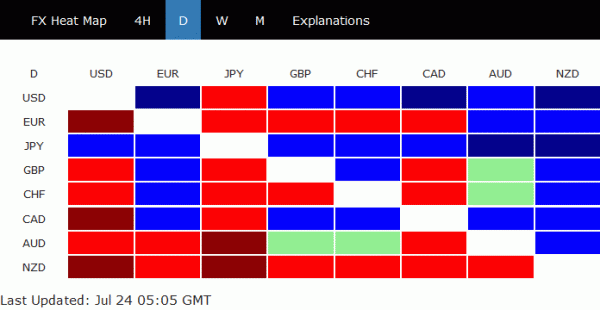
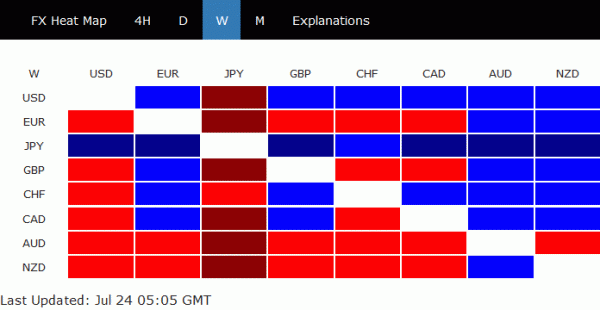
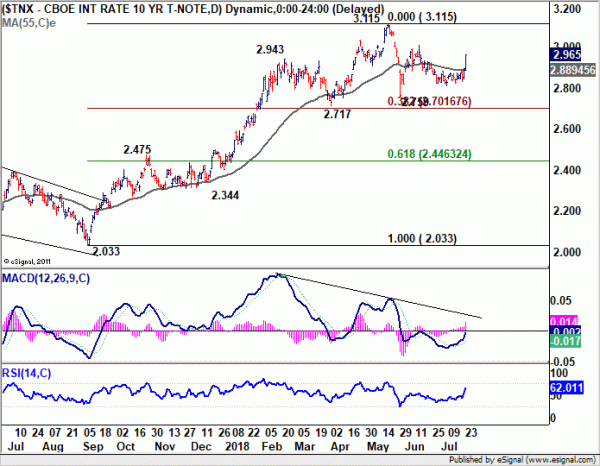

EU-US joint statement to lower tariffs and barriers, target China for unfair practices
Below is the full text of the joint statement following the meeting between European President Jean-Claude Juncker and US President Donald Trump. In short, both sides agreed to strengthen the trade relationship and make trade fairer and more reciprocal. The agreed to worked together toward ” zero tariffs, zero non-tariff barriers, and zero subsidies on non-auto industrial goods” and increase trade and services, soybeans and other products. The agricultural sector will be opened and energy partnership strengthened.
And, both sides agreed to join forces against “unfair global trade practices”. And specifically, they the practices include “intellectual property theft, forced technology transfer, industrial subsidies, distortions created by state owned enterprises, and overcapacity.” That’s exactly talking about China.
Here is the full statement.
Joint U.S.-EU Statement following President Juncker’s visit to the White House
We met today in Washington, D.C. to launch a new phase in the relationship between the United States and the European Union – a phase of close friendship, of strong trade relations in which both of us will win, of working better together for global security and prosperity, and of fighting jointly against terrorism.
The United States and the European Union together count more than 830 million citizens and more than 50 percent of global GDP. If we team up, we can make our planet a better, more secure, and more prosperous place.
Already today, the United States and the European Union have a $1 trillion bilateral trade relationship – the largest economic relationship in the world. We want to further strengthen this trade relationship to the benefit of all American and European citizens.
This is why we agreed today, first of all, to work together toward zero tariffs, zero non-tariff barriers, and zero subsidies on non-auto industrial goods. We will also work to reduce barriers and increase trade in services, chemicals, pharmaceuticals, medical products, as well as soybeans.
This will open markets for farmers and workers, increase investment, and lead to greater prosperity in both the United States and the European Union. It will also make trade fairer and more reciprocal.
Secondly, we agreed today to strengthen our strategic cooperation with respect to energy. The European Union wants to import more liquefied natural gas (LNG) from the United States to diversify its energy supply.
Thirdly, we agreed today to launch a close dialogue on standards in order to ease trade, reduce bureaucratic obstacles, and slash costs.
Fourthly, we agreed today to join forces to protect American and European companies better from unfair global trade practices. We will therefore work closely together with like-minded partners to reform the WTO and to address unfair trading practices, including intellectual property theft, forced technology transfer, industrial subsidies, distortions created by state owned enterprises, and overcapacity.
We decided to set up immediately an Executive Working Group of our closest advisors to carry this joint agenda forward. In addition, it will identify short-term measures to facilitate commercial exchanges and assess existing tariff measures. While we are working on this, we will not go against the spirit of this agreement, unless either party terminates the negotiations.
We also want to resolve the steel and aluminum tariff issues and retaliatory tariffs.